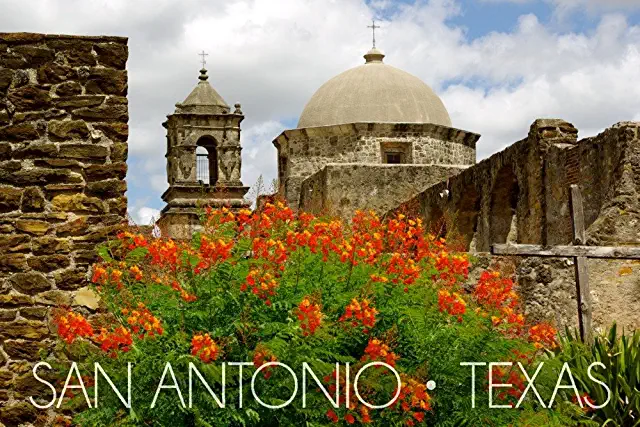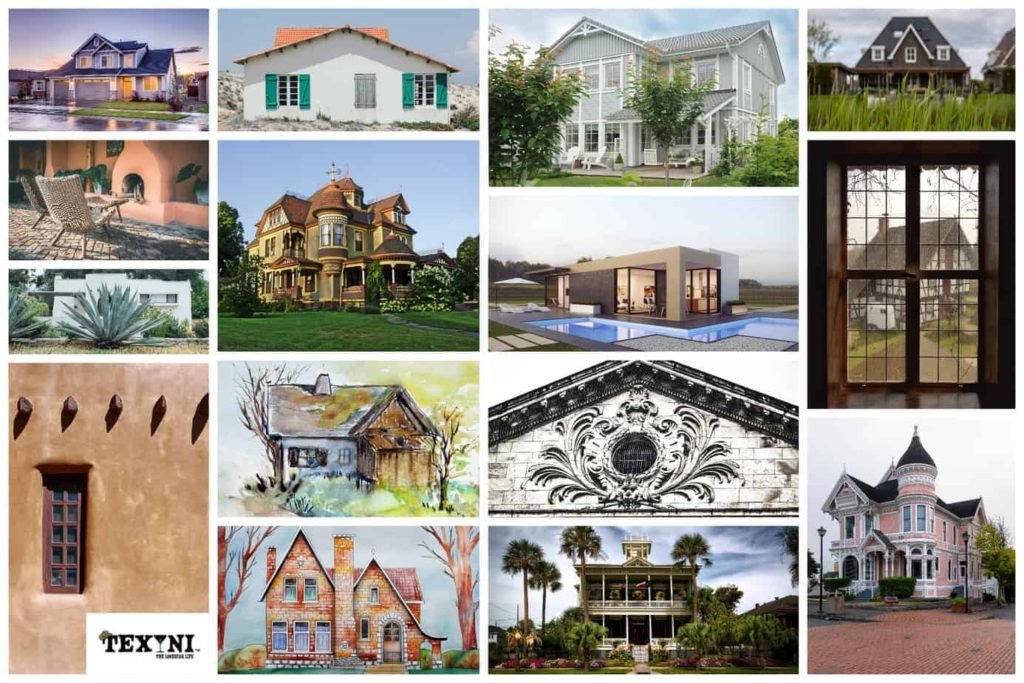
Historical Texas Style Architecture
Texas Lifestyle has been influenced by historical Texas-style architecture. Texas style has also been influenced by our natural resources of cattle, bison, cotton, timber, and oil over the years and the diverse culture of people that came here seeking those resources.
What is Texas Style Architecture? Texas-style architecture is a combination of our pre-colonial nomadic people, followed by Mexican Spanish influence, then Anglo-Americans and European immigrants with their Greek Revival architectural styles including Tudor, Spanish Colonial, Colonial, Georgian, Italian Renaissance, Mission Revival, Pueblo Revival, Prairie Style, Craftsman Style Bungalows, Art Deco, and Modern styles.
Early Texas Inhabitants
Early Texas inhabitants were nomadic people, so it is not surprising that the first structures were built of animal skins and adobe. This period was known as the Pre-colonial period.
This was followed by the Mexican Spanish period which brought about the building of structures in towns through the mid-1800s based on building practices from Spain.
Mission San Jose
Advertisement
Get your beautiful Wall Art of Mission San Jose here.
The Mission San Jose established in the year 1720 by Father Antonio Margil sustained over 300 inhabitants. The mission was built on the banks of the San Antonio River. It was one of 5 missions built at that time. It quickly became the largest Texas mission; often referred to as the queen of the missions. The mission was constructed by local inhabitants that lived and worked there until it was completed in the year 1782.
Other notable features of the mission include the stairway to the church bell tower and choir loft. Each of the 25 steps was hand-carved from a single live oak log and constructed without nails or pegs. The grounds also held a granary supported by flying buttresses, a gristmill, defense walls, and living quarters. The mission was partially restored in the 1930s. Outside the north mission wall, they constructed the gristmill around the year 1794. The San Jose gristmill is the oldest mill in the state of Texas.
Mission San Antonio de Valero
San Antonio was founded on May 1, 1718. A Spanish expedition from Mexico established the Mission San Antonio de Valero as a church to convert Native Americans to Christianity. The original mission was built with blocks of quarry limestone; designed to have towers and a dome roof. Everything but the outer walls of the building collapsed while it was being built. The towers and vaulted roofs were never completed.
The mission was destroyed by a natural disaster in 1724 and moved; the reconstruction of the mission started on May 8, 1744. The date 1758 is carved in the Keystone over the front entrance to the Mission San Antonio de Valero. It was used as a church until 1793 then abandoned. It later became known for the battle of the Alamo when it was used to defend the Texians from the siege of the Mexican army in 1836.
What is Texas Style Architecture?
Trade Center in San Antonio
San Antonio became established as an important trading and commercial center for the southwest in the nineteenth century. Also, during this period San Antonio experienced an influx of German and Anglo settlers. Today the city of San Antonio retains its colorful blend of Mexican and Texan heritage.
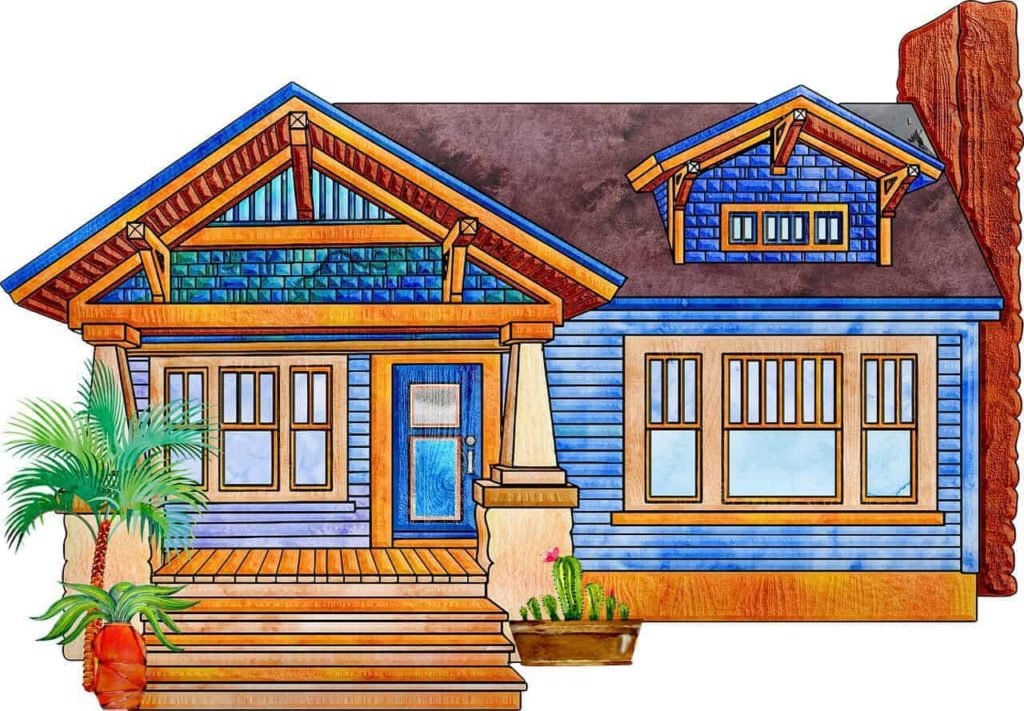
Cultural traditions came to Texas with the Anglo-Americans and European immigrants, bringing with them Greek Revival architectural styles which included log cabins as well as neat wooden, brick, and stone buildings featuring gabled rooflines.
The early twentieth century produced Victorian and other early twentieth-century dwellings including Tudor, Spanish Colonial, Colonial, Georgian, and Italian Renaissance, as well as Mission Revival and Pueblo Revival. Prairie Style was originated by Frank Lloyd Wright and quickly gained popularity in Texas along with Craftsman Style Bungalows (circa Sear Roebuck Catalog).
Modern Architects Established a Clean Minimalist Aesthetic
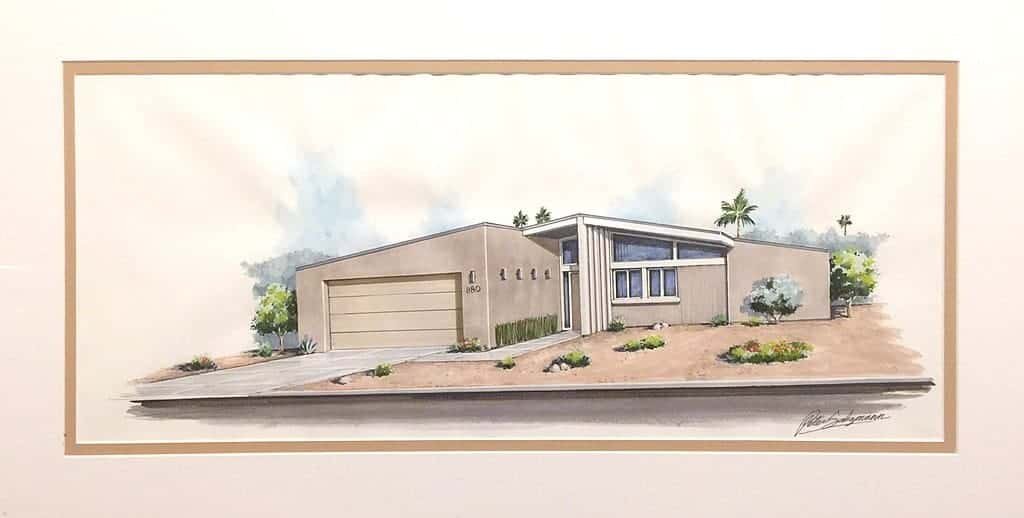
Texas-style architecture during this period reflected Art Deco and Modern styles. Thus breaking historical precedents, bringing more economical buildings with function and design as the architectural expression. In the mid-century, modern architects brought a clean minimalist aesthetic with the presence of angular structures (think plain boxes).
Sliding glass doors installed in these modern-style homes brought the outdoors inside. Large windows, open floor plans, and unexpected pops of color were signatures of the mid-century architectural movement bringing with it a unique aesthetic.
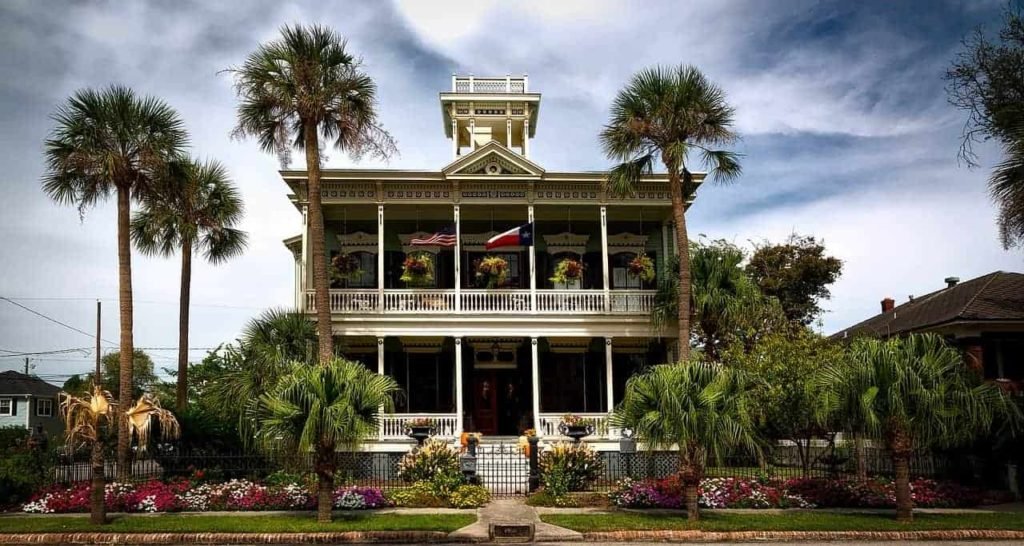
Tract Housing Designed by Contractors
Due to the phenomenal growth of suburban developments in the state’s larger cities, tract housing designed by contractors became a favorite for residential buildings throughout the state in the latter part of the twentieth century and early millennial era influencing Texas-style architecture.
Incorporated into this formula in most recent years are massive roof lines along with rising home prices. These standard builder-grade homes were a popular home choice in the late 1990s and early 2000s. Impressive looking yet little substance requiring more maintenance and upkeep than houses of prior generations.
Historic Preservation Law in the United States
A note on Historic-preservation law in the United States; The National Historic Preservation Act of 1966 revolutionized the preservation landscape by establishing a federal/state partnership program for historic preservation projects and funding as well as creating the National Register of Historic Places and a system for review of federal effects on historic sites (commonly known as Section 106).
This Act tasked the National Park Service with coordination between the Federal and State governments on historic preservation issues by forming a program of direct grants and technical assistance from the National Park Service to State Historic Preservation Offices. [Federal Historic Preservation Laws, The Official Compilation of U.S. Cultural Heritage Statutes,2018 Edition]
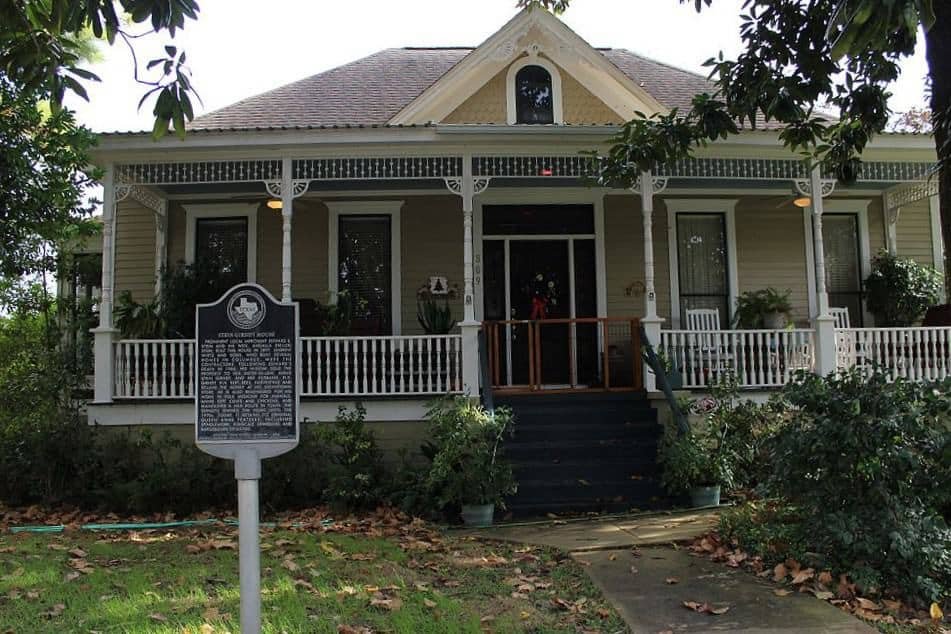
Prominent local merchant Edward E. Stein and his wife, Angalla (Heller) Stein, built this house in 1897. In 1906 it was sold to Annie Stein Girndt, and her husband, H.H. Girndt. H.H. who kept bees, harvesting and selling the honey at his downtown store. He is also remembered for his work in folk medicine for animals. Annie kept cows, and chickens, as well as a milk route in town.
Darrylpearson / CC BY-SA
Historic preservation laws are an important tool in establishing and maintaining our Architectural History. The State of Texas supports historic preservation with the establishment of The Texas Historical Commission (THC) as the state agency for historic preservation.

Texas Industrial Farmhouse
Today’s Texas rural farmhouse or folk house is, in general, a more modern traditional take on historic farmhouses while still being unpretentious, straightforward, and functional. They are included in urban settings also. They have a distinct look and style about them. This is perhaps one of my personal favorites which is rather unique to the Texas landscape.
Large functional porches are an integral part of rural living and are an important feature of the Texas Industrial Farmhouse style. Although not currently recognized as an architectural style I think they are perhaps simply misunderstood. Some of this influence comes from a mixture of German and Mexican architectural styles that greatly influenced the English folk houses in the State of Texas.

Single-residence homes in recent decades have gotten bigger and are full of top-of-the-line finishes. Apartments have gotten smaller but are also available with more high-end finishes than in the 1980s and 1990s. Architectural trends notwithstanding, our latest decade is just upon us, and the tides are changing.
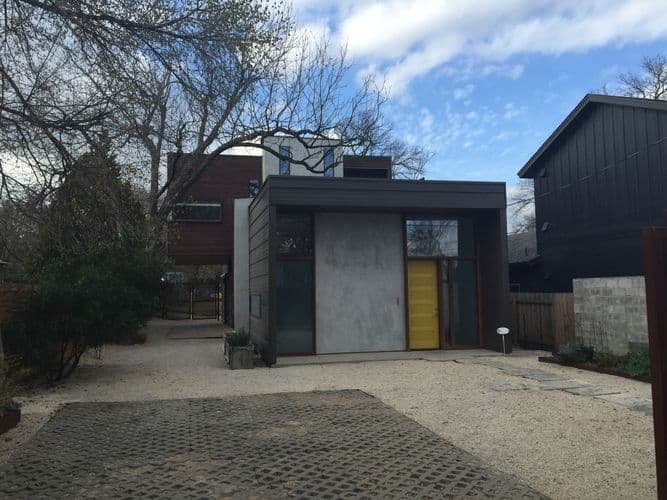
Sustainable Texas Style Architecture
In the year 2023 and moving forward with the use of recyclable materials, sustainable architecture with a commitment to our environment will dominate building and Texas-style architecture. Industrial and minimalist influences will shape new trends in homebuilding. We are seeing some of this in urban areas such as the Southeast Austin Texas revitalization with their simple rooflines, distinct industrial influence exteriors, and smart home features. Many are masterpieces of function, sustainability, and industrial with utilitarian farmhouse influences while being unpretentious and minimalistic. Trend or a new architectural era? In Texas, it’s a directional no-brainer with the focus being on actual construction practices rather than just aesthetics
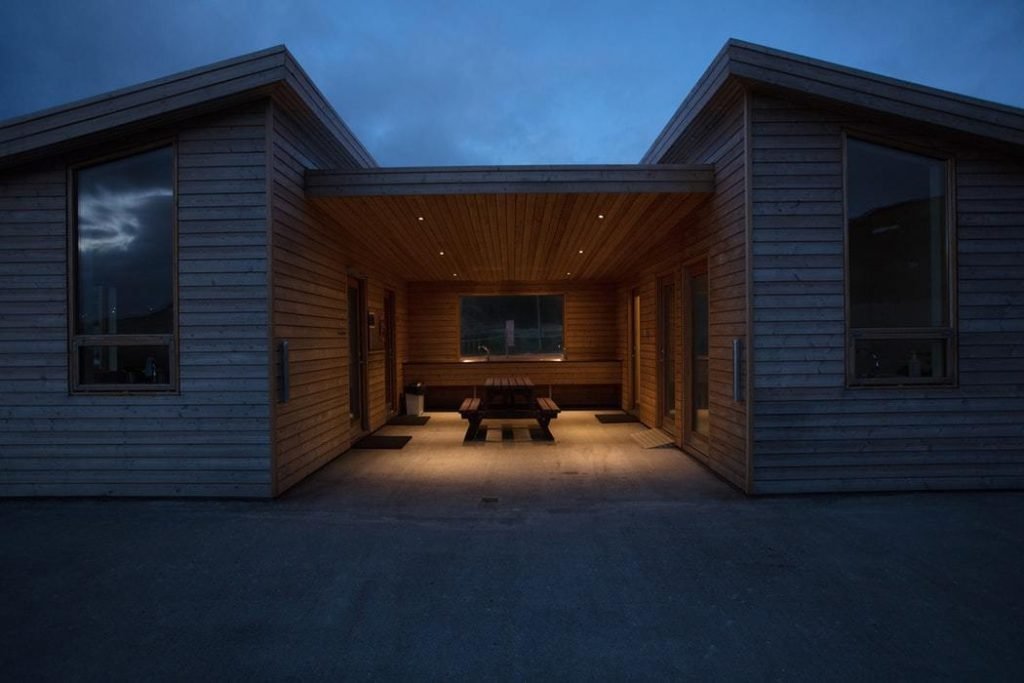
Eclectic Exterior Design
Rural areas tend to be more eclectic in exterior design with rural Texas haciendas ranging from dog trot, ranch style, barn houses, adobe homes, farmhouses, or any of the above-mentioned historical architectural styles.
The most common style is what I refer to as a “real” Texas Farmhouse. A house with a large expansive front porch (possible wrap-around), clean lines, metal roofing, perhaps a breezeway with a garage or an attached garage, and cross fencing. A perfect blend of rustic, industrial, and modern utilitarian simplicity. This type of housing can be found in the city or the country as its popularity is spreading to urban settings as well.
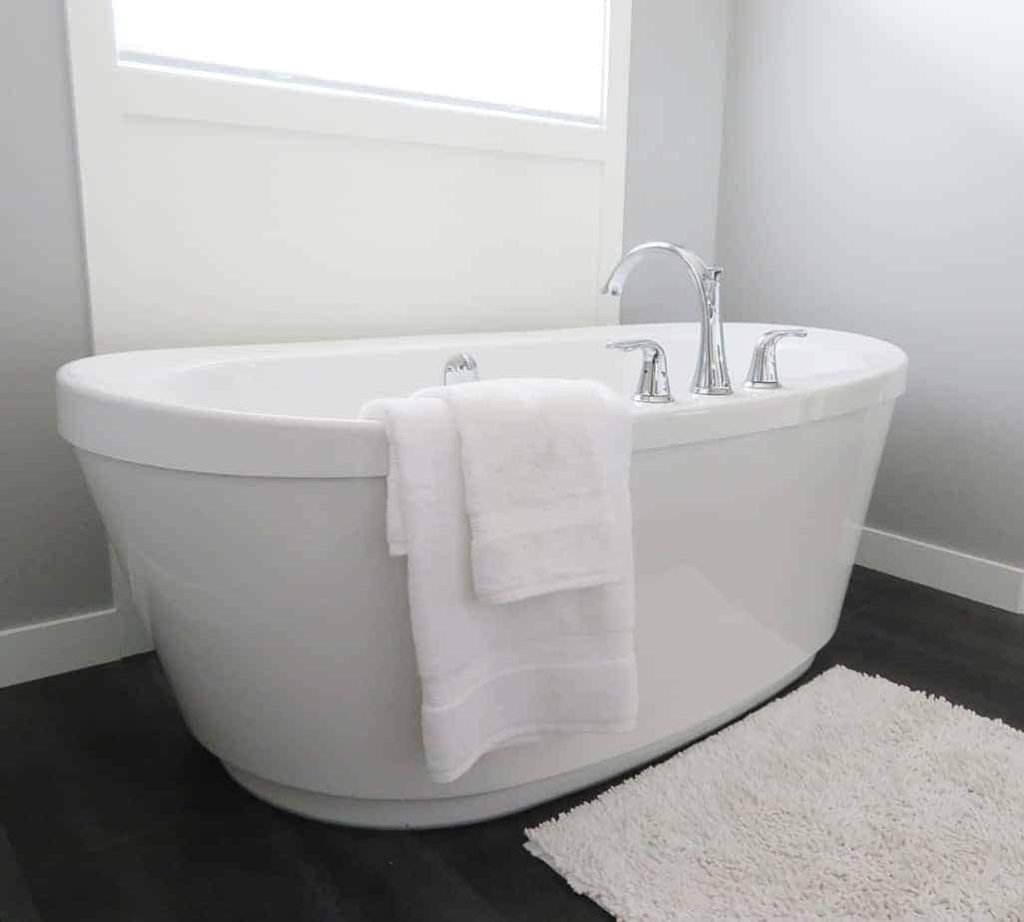
Wellness Designs in Texas Style Architecture
Renovation is losing popularity as cost-effectiveness is hard to achieve with current housing costs. Given our natural resources and existing housing, we can maintain our Texas-style architecture status quo by implementing the modification of existing structures with good bones for sustainability. Wellness design strategies in your space are available and work for those with existing residential as well as commercial properties looking to up their game.
Wellness designs can include upgrading paint, flooring, as well as cabinetry using non-toxic materials, and smart home touchless faucets that reduce germ spread. In addition, wellness designs can include circadian lighting that changes color to promote sleep at night and energy during the day. Together with whole-house water and air purification systems, your wellness design will support the overall health of your family. Choosing paint and decor utilizing mood boards to set the stage for a more peaceful or energizing interior. Perhaps use one of your favorite cowboy art pieces to define your southern architectural style.

Multi-Generational Architecture Features
Multi-generational, multi-functional space design trends incorporating wellness, and reducing anxiety along with stress are at the core of the 2020 – 2030 decade. People are staying home more (think staycation), working from home more often, caring for aging parents, and are also looking for more balance with improved home technologies, modern sustainable materials, and finishes.
The state of Texas is a BIG place Y’all. Texans would benefit from less commuting and more shared transportation with our dwellings being an at-home wellness retreat creating more time for family and the things we love.
Expanding on Texas Style Architecture
Expanding our outdoor terrains and bringing a little bit more nature inside by creating less toxic, environmentally friendly spaces can benefit us all. Create an outdoor space that incorporates native and adaptive plants in your garden to create a habitat for monarchs and other pollinators. Create a peaceful water feature for your space indoors and outdoors.
Implement healthy cooking by upgrading and expanding your cooking surfaces. Grow a vegetable garden. Update your bath to your Zen space and use it regularly. Leave the hustle and bustle behind. Enjoy life in the most productive wellness family-centered spaces ever!
In Conclusion, What is Texas Style Architecture?
Texas-style architecture is a combination of classic and modern styles inspired by the state’s unique history, climate, and culture. This includes elements of Spanish-colonial, Pueblo Revival, Greek revival, and Victorian styles, as well as bold indigenous materials like limestone, adobe bricks, cedar shingles, and stucco.
Find out more about Texini, the leading Texas lifestyle brand that is defined by its celebration of the Lone Star State’s culture, heritage, and values.

Get your real framed butterfly shadow box wall art here.
Cowboy Dog Names | Texas Dog Names find here.
air fryer recipe areas in Texas areas of texas Austin Texas average cost of living in texas Bar-B-Cue Bar-B-Q Bar-B-Que barbecue barbeque bbq best cities in texas to raise a family best place to live in texas for families bowl of red budget-friendly meal cities in texas comfort food cost of living in texas easy appetizer easy dessert recipe easy dinner easy dinner recipe family dinner famous in texas Foods in Texas friendly people google texas county google texas news google texas roadhouse gulf of america leading texas lifestyle brand lifestyle brand local texas one-pot meal party food protein-rich meal Southern comfort food Southern cuisine Southern dessert Texas Texas Hill Country texas lifestyle brand Texas Panhandle Texini the leading Texas lifestyle brand weeknight dinner
Texas-style architecture is a combination of our pre-colonial nomadic people, followed by Mexican Spanish influence, then Anglo-Americans and European immigrants with their Greek Revival architectural styles including Tudor, Spanish Colonial, Colonial, Georgian, Italian Renaissance, Mission Revival, Pueblo Revival, Prairie Style, Craftsman Style Bungalows, Art Deco, and Modern styles.
Recent Posts
Our 35 Reasons to Renovate Older Homes in Texas will have you ready to take on your next home renovation project. There is no shortage of older homes both vintage and historical in Texas. Many...



